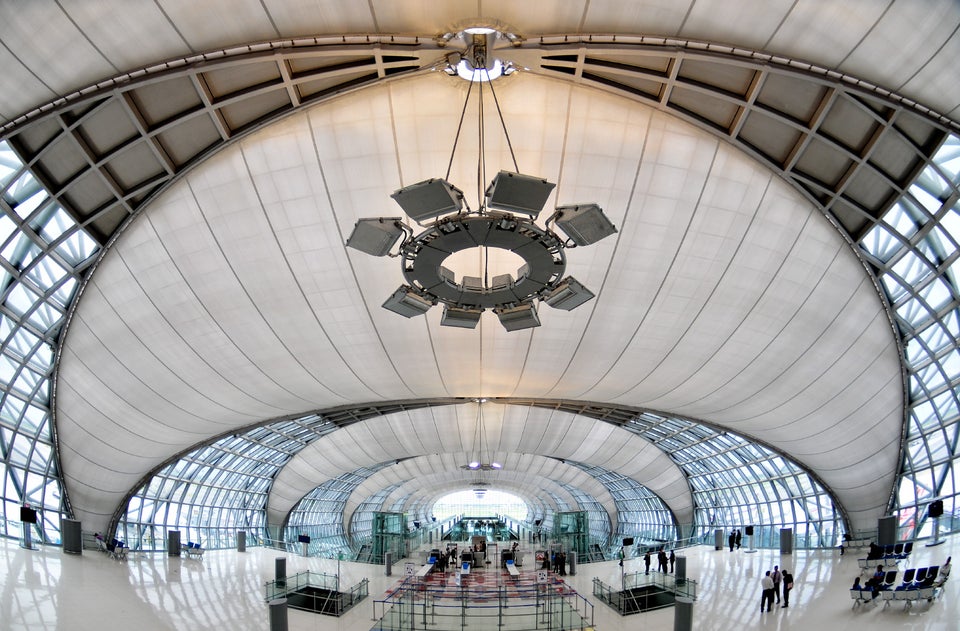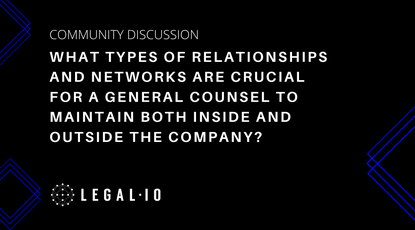Overview
This is the first of our Legal Issue Series, which will answer hard immigration questions and will attempt to fill in the many holes in the immigration system through legal analysis. The first of these holes is a twist to a common factual scenario: A petitioner-company wants to petition one of its three full-time researchers for an EB-1B visa. However, the full-time researcher in question is currently on a nonimmigrant visa (L-1B, H-1B, etc.).
The EB-1B visa we’ve previously discussed, and can be found here. In the context of our situation at hand, the EB-1B visa can be used for a variety of research institutions or “medical practice/research centers” as defined in the Immigration and Nationality Act (“INA”). Some of these institutions may be small with only two or three full-time researchers. The number of full-time researchers is important for an organization petitioning for an EB-1B visa for a new full-time researcher, because the INA states that a visa is available for a researcher if:
The alien seeks to enter the United States for a comparable position to conduct researcher in the area with a department, division, or institute of a private employer, if the department, division, or institute employs at least 3 persons full-time in research activities and has achieved documented accomplishments in an academic field.
INA § 203(b)(1)(B)(iii)(III); 8 U.S.C. § 1153(b)(1)(B)(iii)(III) (emphasis added)
The focus of this article will be the bolded portion. The hard immigration question applies in the situation where the petitioner-company has three full-time researchers, but one of the three is on a temporary nonimmigrant visa (L-1, H1-B, etc.) and is now seeking to adjust their status to receive a EB-1B visa.
There is little guidance in the rest of the INA or legislative history to help answer this question. This question could make or break smaller institutions with three full-time researchers because it could potentially bar them from receiving EB-1B visas for future full-time researchers.
On one hand, one could argue that the third nonimmigrant visa researcher would help the petitioner-company qualify as having three full-time researchers. Since the petitioner-company already has three full-time researchers, their visa status should not matter and the nonimmigrant visa researcher can adjust their status to receive an EB-1B visa.
On the other hand, the argument could be made that the institution must have three full-time researchers who are not currently seeking an EB-1B visa. This is from the language of § 203(b)(1)(B)(iii)(III) as quoted above: “seeks to enter” and “employs at least 3 persons full-time” are in the present tense, and thus the petitioner-company must already have three full-time researchers. This is because the third researcher is “seeking to enter” by attempting to receive an EB-1B visa, even though the researcher is in the United States on a nonimmigrant visa. Thus, he may not count as the third anymore for purposes of the EB-1B petition.
The Administrative Appeals Office (“AAO”), a quasi-judicial branch that deals with some types of immigration appeals, addressed this issue in an unpublished decision and agreed with the second argument. Given the present tense of the statutory language and that the Director of the California Service Center used that interpretation, the AAO gave that interpretation deference, as the AAO will typically do as long as the interpretation is reasonable.
In conclusion, a petitioner-company who is attempting to obtain an EB-1B visa for a full-time researcher must have three full-time researchers who are not seeking any visas. Even though one of the three researchers has a nonimmigrant visa (L-1, H1-B, etc.) and is currently employed at the petitioner-company, a petitioner-company cannot adjust that researcher under an EB-1B visa.










